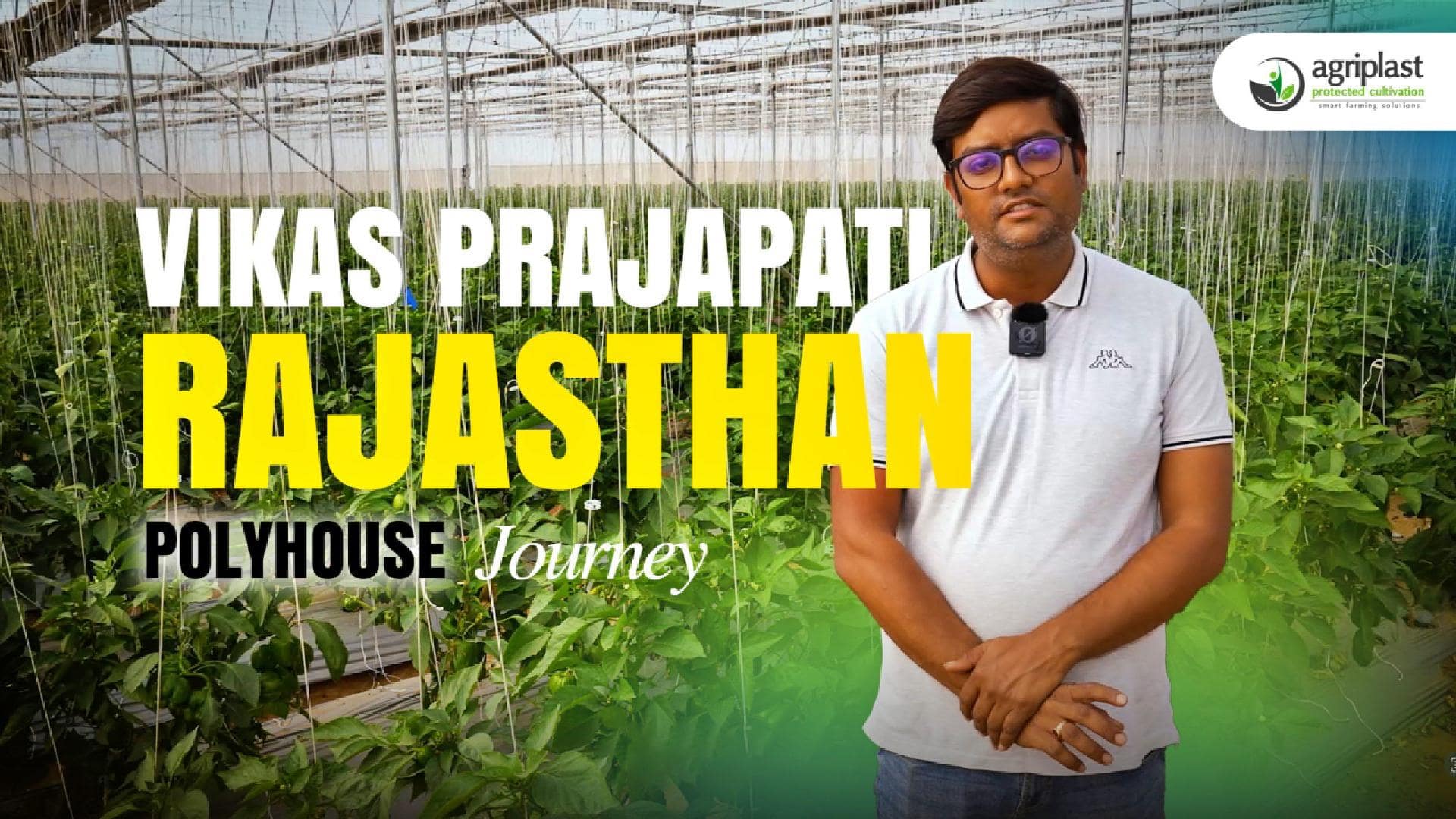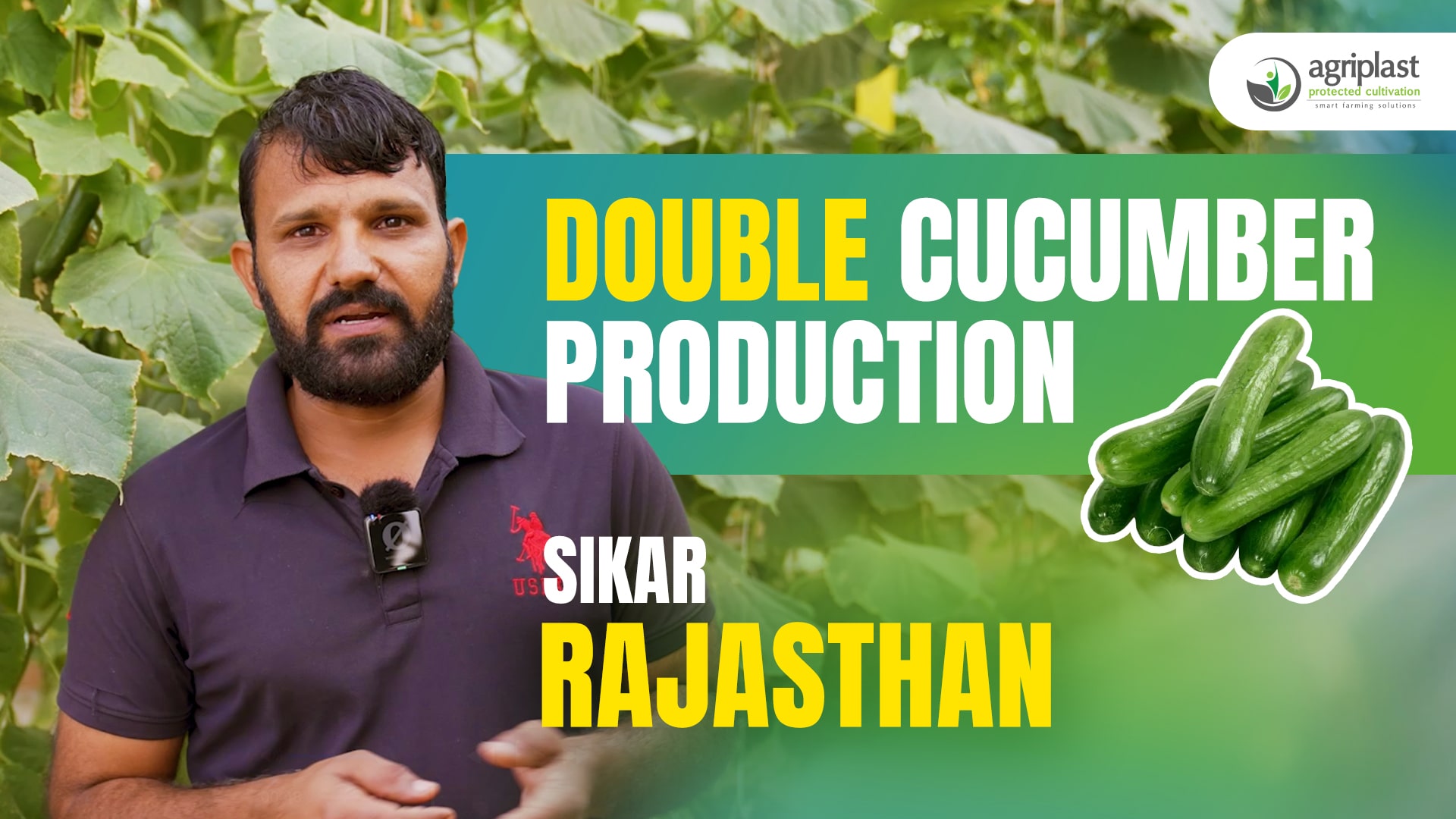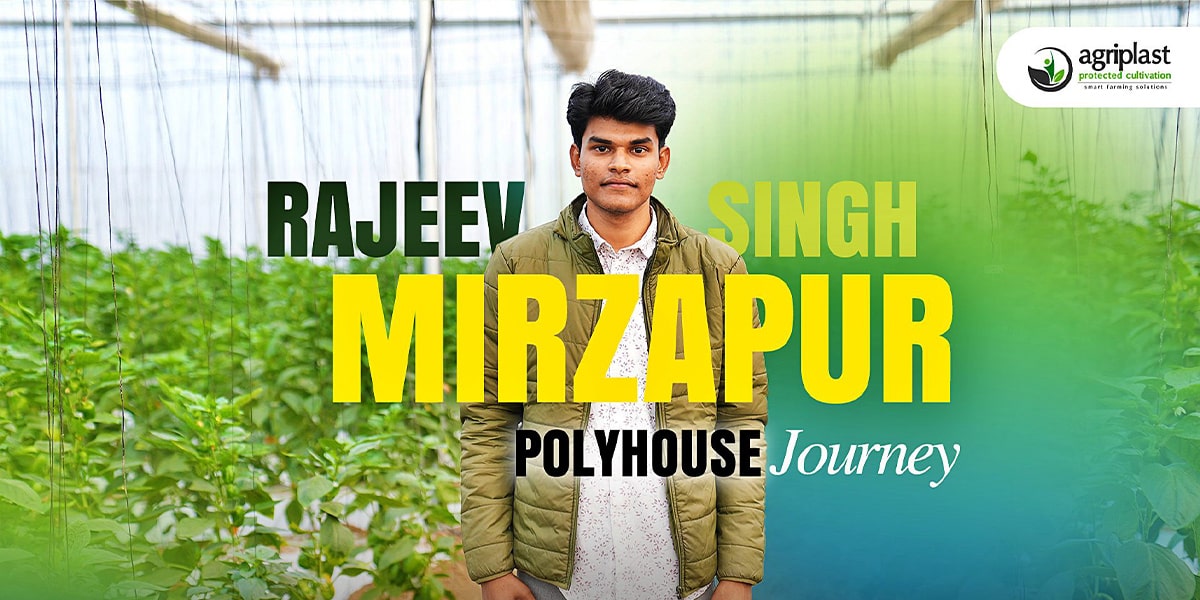Maximizing Crop Yield in Polyhouse Farming: Effective Pest and Disease Management Strategies
Know about Wayanad and its Farmers
Wayanad is one of the youngest districts and the parliamentary constituency of Kerala and also one with the longest of human history in the state. What makes Wayanad unique is also its natural heritage which is one of the most bio-diverse, ecologically rich yet fragile. Demography and Agriculture Wayanad has a population of around 8.5 lakhs.

A people's movement to initiate action for conserving forests, river catchments, wetlands, farmlands and ensure water, food and livelihood security for posterity is a diverse group of sustainable farmers, tribal communities, environmentalists and business people who are concerned about Wayanad. The mountains and forests, the valleys and the monsoons together have created an ecosystem which also gave Wayanad the fertile land that gave bountiful crops of coffee, pepper, paddy and other spices that is the mainstay of the people of this land. More than 90 per cent of the population of the district is dependent on agriculture either as cultivators, farm labour on in the allied sectors. It also has one of the largest percentages of tribes which constitutes 17 per cent of the district's population. Paniyar, Kurichyar, Kattunaikkar, Mullukkurumar, Adiyar, Kanduvadiyar, Thachanadar, Kaneland are some of the tribal people of Wayanad and many of them fall under the category of Particularly Vulnerable tribal group and Primitive tribal group. Thanks to anthropogenic pressures and climate change, Wayanad is now facing a recurring crisis of drought due to erratic monsoons. This is worsened by unscientific and mindless destruction of its hills, forests and wetlands that plays not just a big role in rainfall but also in the absorption and replenishment of surface and underground water resources. Wayanad as the Water tower of South India Wayanad’s forests is the mother of over 13 rivers originating from the landscape from its Shola grasslands that are capable of acting like a sponge. Kabini, the major river of the district drains approximately 94tmc to Kaveri which not only is the mainstay of farmers in the Mysore region of Karnataka as well as those regions of Tamil Nadu dependent on the Kaveri water for irrigation and also the main source of drinking water for Bengaluru, the IT hub of India. Wayanad’s landscapes harbour a knot of isolated ridges in Wayanad which are is the Chembra-Vellarimala, Periya, Brahmagiris, Sugandhagiri, Kurichiarmala, Banasuramala, Manikkunnumala that make the entire landscape the critical catchment of river Kabini, one of the main tributaries of river Kaveri. Out of the 2132 Sq Km land area of Wayanad, 1/3rd of the landscape in Wayanad are forests. Overall, forest cover in Wayanad has dwindled from 70 per cent to 40 per cent since 1970. Almost half (42 per cent) of the district is under forest cover ranging from tropical evergreen forests to wet deciduous forests to grassland and shola forest ecosystems to mono-crop plantations of teak, eucalyptus and mahogany maintained by the Forest department. It is home to several rich flora and fauna including the tiger and elephant. Neolithic caves: Edakkal is two natural caves at a remote location at Edakkal. Inside the caves are pictorial writings believed to date to at least 6,000 BCE from the Neolithic man, indicating the presence of a prehistoric civilization or settlement in this region. The Stone Age carvings of Edakkal are rare and are the only known examples from South India. Today these historic caves are under the threat of largescale quarrying for granite stones. Uncontrolled tourism in these areas is also contributing to the degradation of these prehistoric caves. It is in this context that any discourses around the sustainability of Wayanad should be after understanding the depth of the crisis in farming as well as of its environment. Given below is a brief description of the issues. Farm Distress at its peak: Like elsewhere in the country, farmer distress in Wayanad has led to farmers taking extreme steps with estimates putting around 2000 farm suicides in the first 18 years of this century. 5 farmer suicides have been reported in the last 6 months. Reducing fertility of farmlands due to intensive agriculture practices using chemical fertilisers, pesticides and herbicides. Failing markets, extreme weather conditions and constant man-animal conflicts, all leading to increasing farm debts and distress have come to define farming in a district which is known globally for its coffee, pepper and spices and is also one of the most important agriculture districts of Kerala. While Demonetisation drive at the harvest time of most of the important crops of Wayanad was a massive setback for the farmers, the excessive rains and massive crop losses across crops last year has dealt a lethal blow to the farmers of Wayanad. Added to this is the crisis of inadequate institutional credit and compensations when market or crops fail due to reasons not in control of the farmer. It is not just the farmer who is being impacted by this farm distress but the whole local economy which is dependent on the farmer and his/her income. The district is also witnessing high number of cancer and kidney patients in some of the panchayats due to the unprecedented use of pesticides and chemicals. A brief history of fragmentation of Forest Land: Wayanad’s forests have seen a high amount of fragmentation and loss of contiguity since British Raj days and post-1970. Wayanad witnessed the widespread conversion of 4000 hectares of tropical wet evergreen forest were given under Wayanad colonization scheme for world war soldiers. Pupally devaswom and Poothaadi Devaswom has diverted 3200 hectares. Private forests were taken by large tea estates like Harrison and Poddar with land area of 2000 hectares each. In 1970, under the Grow More Food Programme, anyone desiring to cultivate food was given large hectares of forest land - anyone cultivating such land prior to May 1971 was given legal ownership. Between 1977 and 1990, there was heavy encroachment of over 900 hectares of forest lands. In 1993, a new rule came into existence that legalised all encroachments prior to January 1977. To this day, the Forest Department is struggling with land disputes claims prior to 1977. Large scale Govt Projects in Forest Lands: Large scale projects like the Banasura Dam, Pookode Dairy, Sugandhagiri Tribal Project, and various other estates claimed around 2,130 hectares of forest land. Vested forests were assigned to tribal in 1971; and in 2002, 2,800 hectares were transferred under the Forest Rights Act. 733 hectares of pepper plantations under the Forest Department's, Vanalakshmi Scheme encroached in 2002. Subsequently, almost 2000 hectares of these lands were given, under the Forest Rights Act, to landless tribal between 2009 and 2012. Of the 40% which is currently demarcated as forest, plantations of teak, eucalyptus, silver oak - species that deplete the water table inside sanctuaries has reduced the tropical wet evergreen forests to monoculture plantations since 1860. The alteration of native species has also seen the proliferation of non-native invasive species like Lantana camera and Senna spectabilis. Dairy technology: It concentrates mainly to the production and processing of milk. The experts of this stream work on managing the milk production along with collection, storage and supervise the process to ensure milk is fit for consumption. Adding to it, packaging, storage and distribution of milk as well as its by-products are other important areas of the sector.





















